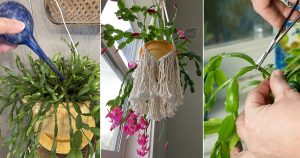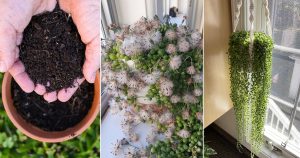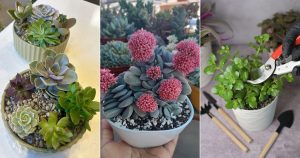Want your Mexican Hens and Chicks to look extra beautiful all the time? Here’s how to make Echeveria grow more rosettes and look fuller.
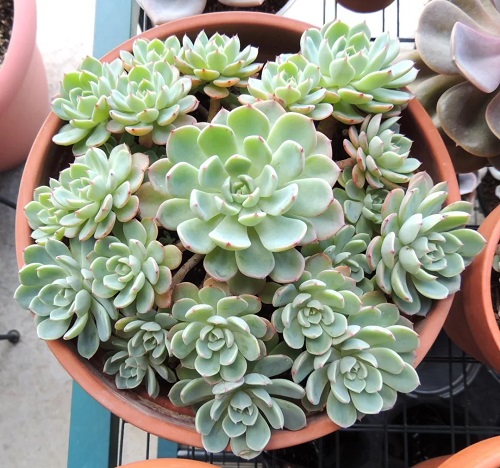
Some succulents can naturally be slow growers. There are species out there that take over a year just to grow just a few inches in height. But not Echeveria! You can make your Echeveria grow more rosettes and look fuller just by following a few steps. Here’s how.
How to Make Echeveria Grow More Rosettes & Look Fuller
Here’s some good news! Echeverias are succulents that grow quite large anyway. Of course, that does depend on the species and varieties, too, which we will talk about. But most importantly, this is how you can make them fuller and have more rosettes.
1. Choose the Right Variety

A smaller Echeveria variety won’t grow larger or fuller rosettes by itself. So, you must choose the correct variety. One of the biggest varieties you can choose that looks full and produces a lot of rosettes is the Echeveria ‘Big Red’. It also produces a tall flowering stem that can reach a height of 1 meter!
Other Echeveria varieties that produce bigger rosettes include the ‘Sahara’, ‘Afterglow’, and ‘Gigantea’ and their rosettes measure about 12 inches or more!
Want something quick and compact? Go for Echeveria ‘Perle von Nurnberg’ or ‘Black Prince’. They may not get huge, but they offset readily and form clumps that look lush and full.
2. Location is Crucial
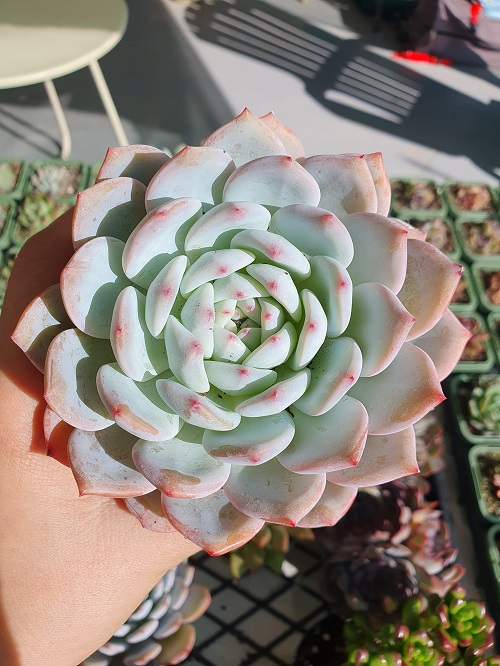
When it comes to growing large and full succulents, it all comes down to location. It is important to research the specific lighting conditions that your specific variety prefers.
For example, the Echeveria ‘Gigantea’ and ‘Big Red’ prefer full sun for at least 4 to 6 hours of direct sunlight. However, the same cannot be said for other varieties. ‘Doris Taylor’ might burn easily with too much sun. The ‘Sahara’ and ‘Afterglow’ also need bright sunlight to keep the pink on their leaves and avoid ‘etiolation’ or stretching, respectively.
If ample direct sunlight is a problem, you can always invest in supplemental grow lights.
3. Choose the Right Pot Material
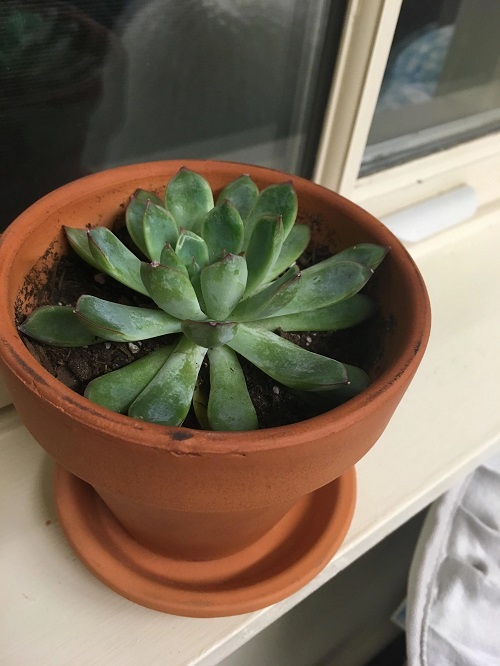
All pots are not created equal. Plastic might be lightweight and cheap, but it traps water like nobody’s business. If you’re not careful, your roots might be sitting in a swamp.
On the other hand, terracotta and ceramic pots let the soil breathe. They wick away excess moisture, which is perfect for succulents that like things on the dry side.
Bonus Tip: Terracotta also helps regulate soil temperature better in outdoor settings, which is great if you live somewhere with fluctuating temps.
4. Don’t Go Too Big or Too Small with Pot Size

One common mistake that we all mostly make is using a pot that’s way too big. A larger pot holds more soil and moisture, which can lead to overwatering and rot. On the other hand, a pot that’s too tight will crowd the roots and limit growth.
And the sweet spot is a pot that’s just 1–2 inches wider than your Echeveria’s rosette. If your plant is 3 inches across, go for a pot that’s 4–5 inches wide. And always—always—make sure there are drainage holes.
Too tight for too long? It can also slow down rosette production. Give them just enough room to grow and they’ll reward you with new pups!
5. Use the Right Soil Mix
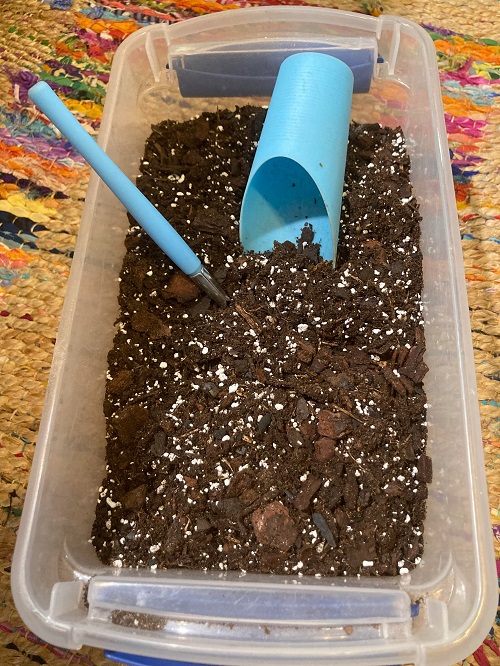
No matter how pretty the pot is, your Echeveria won’t be happy in soggy, heavy soil. You’ll need a mix that drains fast and keeps those roots dry and happy.
You can grab a ready-made cactus or succulent soil mix, or whip up your own by mixing garden soil, compost, coarse sand, and perlite. The sand and perlite keep things light and airy, while the compost feeds your plant just enough.
Avoid pea-heavy soils—they tend to compact over time and hold too much water, especially in humid climates.
6. Feed Gently, Not Generously
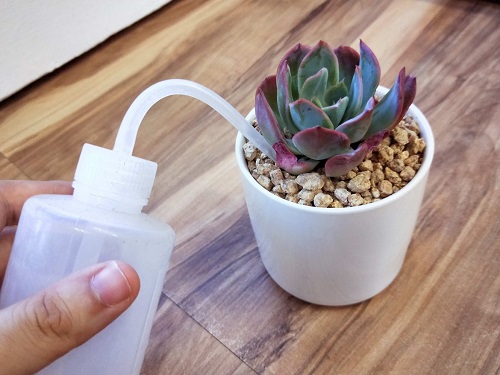
Here’s a little secret—Echeverias aren’t big eaters. But if you want more rosettes and healthy growth, a light snack now and then goes a long way.
Use manure tea or a diluted fish emulsion for a natural, gentle boost. Prefer a store-bought option? Go for a diluted 8-8-8 all-purpose liquid fertilizer, and use it sparingly during the growing season. Too much fertilizer can do more harm than good—it’s like giving a toddler too much sugar!
Also, skip the feed during dormancy (usually winter). Feeding during rest time can cause legginess or weird leaf growth.
7. Get the Watering Routine Right
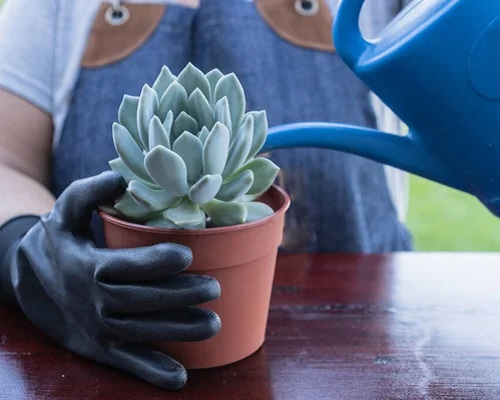
With the right pot and soil, watering becomes way easier. A general rule of thumb? Water every 10 days to 2 weeks, and only when the soil is bone dry.
Always check with your finger first—if the top inch feels dry, you’re good to go. If not, give it another day or two.
Remember that it’s better to underwater than to drown them in love.
Pro Tip: During summer heatwaves, your Echeveria might dry out quicker—just adjust accordingly. In winters, reduce watering drastically to once every 3–4 weeks.
So these were some of the best tips that you could follow to grow the largest Echeverias! Try these and let us know when you get your gorgeous full rosettes in the comments below!


